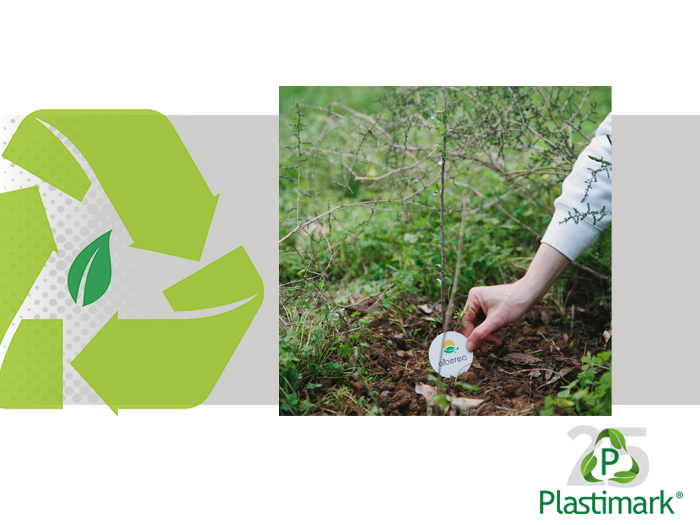Plastimark also had an emphasis on sustainability when organising its 25th anniversary.
Through green set-ups, food proposals that respect the territory and seasonality as much as possible, reduction of waste, and thanks to the choice of giving all participants the gift of their participation in an initiative that prioritises environmental wellbeing.
Plastimark has chosen to support the reforestation project of Alberea startup located in Sardinia. Alberea is a benefit company that was born out of the need to act against the climate emergency, an idea born out of the family experience of the founders, who worked professionally in the field of environmental engineering and also reforested, over a period of twenty years, several hectares of land in the Campidano di Cagliari area, previously used for wheat cultivation.
The project born in Sardinia is only the first of a scalable business model in other regions of Italy and the Mediterranean: by gifting its guests with 100 trees, Plastimark contributes to the reforestation of certain areas in Sardinia.
Let’s take a look at some numbers to better explain the impact of this choice:
How does it work now?
![]()
- Plastimark decided to purchase a tree for every guest at the company’s 25th anniversary celebration
- Each beneficiary will be informed where the tree will be planted
- The trees will be planted between November and January to respect the natural cycle
- Once planting is complete, GPS geolocation, photos and Google Maps links of the plant’s location will be provided
- Each time there is an intervention, details of the action will be communicated
- At the end of the campaign, we will have information on the amount of CO2 offset thanks to the conscious choice of Plastimark

